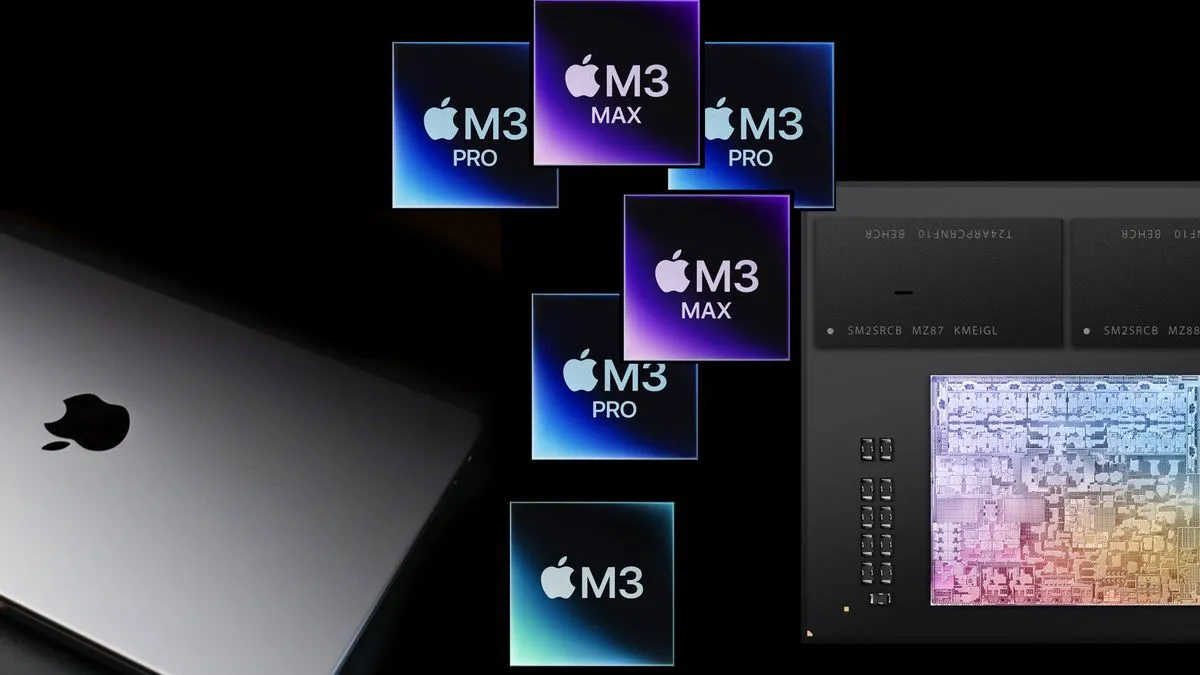The M3 MacBook Pro range is so sneaky that I'm thinking of ditching Apple
The M3 MacBook Pro range is so sneaky that I'm thinking of ditching Apple

The M3 MacBook Pro range is so sneaky that I'm thinking of ditching Apple

This article really resonated with me. I currently have a 2019 16" i9 MacBook Pro and looking for what the M3 upgrade would be was really frustrating. No clear path and all of the options cost way more than my current machine.